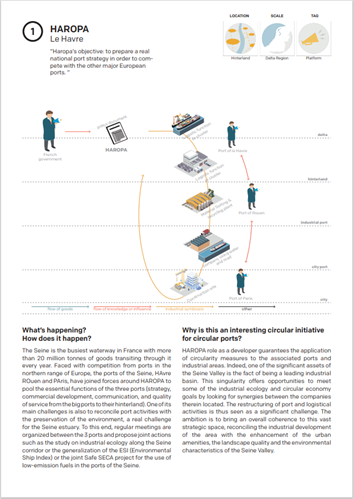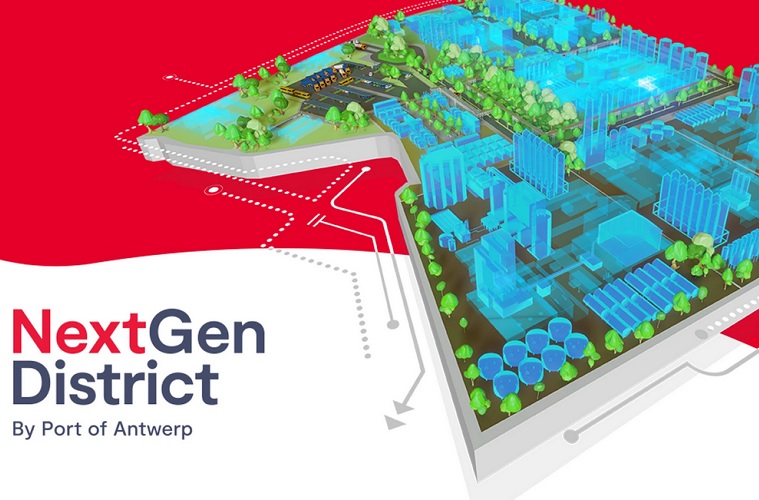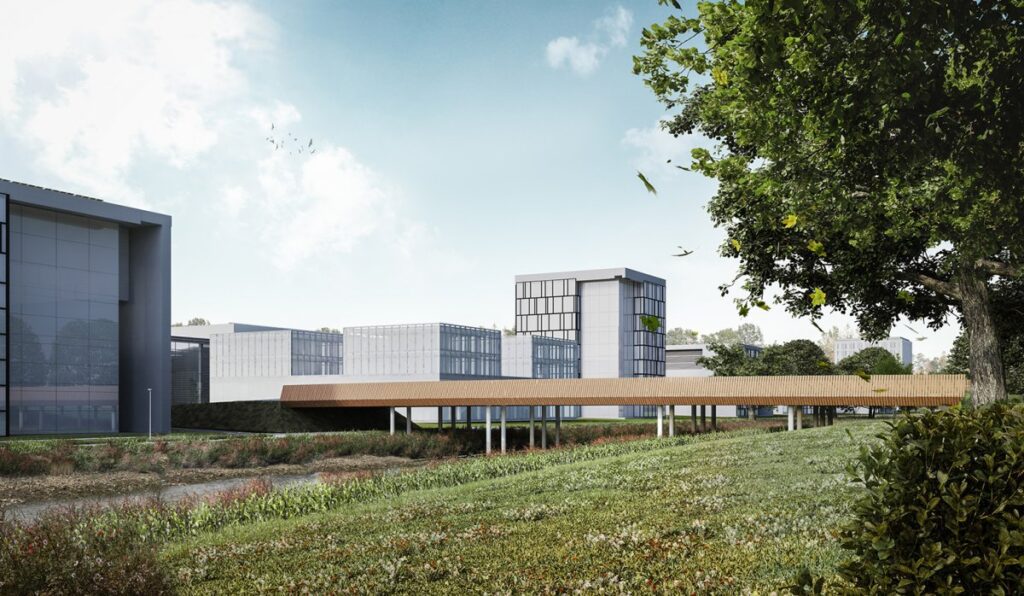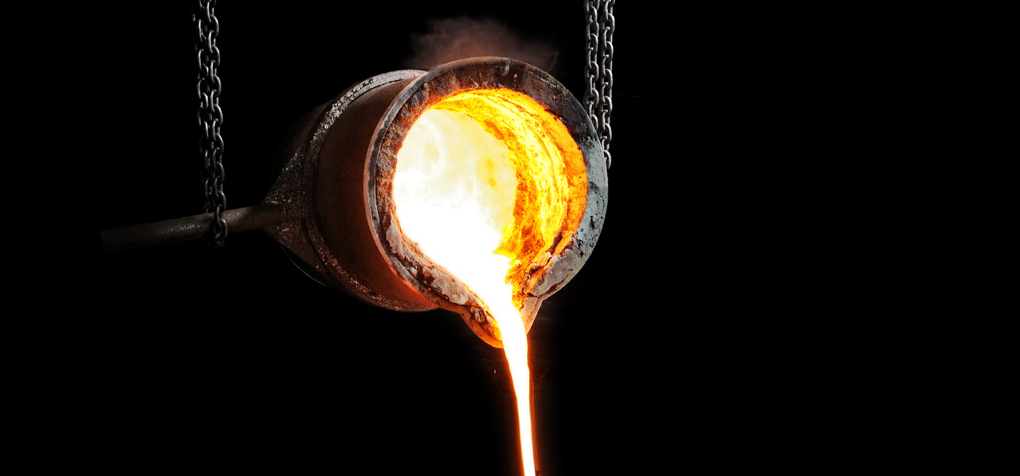Takes on the challenge to significantly cut air pollution from ships by moving into alternative sources of energy
What’s happening? How does it happen?
The Seine is the busiest waterway in France with more than 20 million tonnes of goods transiting through it every year. Faced with competition from ports in the northern range of Europe, the ports of the Seine, HAvre ROuen and PAris, have joined forces around HAROPA to pool the essential functions of the three ports (strategy, commercial development, communication, and quality of service from the big ports to their hinterland). One of its main challenges is also to reconcile port activities with the preservation of the environment, a real challenge for the Seine estuary. To this end, regular meetings are organized between the 3 ports and propose joint actions such as the study on industrial ecology along the Seine corridor or the generalization of the ESI (Environmental Ship Index) or the joint Safe SECA project for the use of low-emission fuels in the ports of the Seine.
Why is this an interesting circular initiative for ports?
HAROPA role as a developer guarantees the application of circularity measures to the associated ports and industrial areas. Indeed, one of the significant assets of the Seine Valley is the fact of being a leading industrial basin. This singularity offers opportunities to meet some of the industrial ecology and circular economy goals by looking for synergies between the companies therein located. The restructuring of port and logistical activities is thus seen as a significant challenge. The ambition is to bring an overall coherence to this vast strategic space, reconciling the industrial development of the area with the enhancement of the urban amenities, the landscape quality and the environmental characteristics of the Seine Valley.
What is the relation with the port and water?
One of Haropa’s main ambitions is to strengthen its transport infrastructure: road, rail, and waterways. Air pollution from ships continues to increase as the sector grows, while land-based emissions have been reduced dramatically. It is therefore not surprising that HAROPA takes on the challenge to significantly cut air pollution from ships by moving into alternative sources of energy including port-side electricity for commercial vessels. Complementarily, the three ports engage themselves in offering river logistics solutions for their customers while HAROPA continues to free up land along the river corridor to attract new companies.
What is the relation with the city?
This “new port corridor complex” needs to guarantee a healthy and beautiful environment to keep the specialized jobs that this industrial redevelopment and the implementation of efficient and innovative logistic chains require. Among other services, specific energy and heat provision for domestic use is organized by HAROPA, as a result of waste incineration or as residual flows derived from some industrial processes.
What are the ambitions?
One of the challenges consists of reviewing contract arrangements between companies that prevent the collective reuse and recycling of the industrial waste in specific treatment platforms wthether newly planned or already existing along the Seine corridor. For financial reasons, industrial groups favor the treatment plant belonging to the group rather than the one located nearby, which blocks the creation of local symbiosis.
Who is behind it?
After decades of distrust, and even antagonism, the Le Havre, Rouen, and Paris ports joined efforts to promote the Seine corridor. The wish for close collaboration was born in 2012 with an Economic Interest Grouping (EIG), a flexible and adaptable structure that enables the three ports to have a fair share in the decision-making process (every port director shifts yearly as chair of the EIG) while keeping management costs proportional to their output. In November 2018, the French Prime Minister announced the merger of the three ports into a single public institution to further integration. This public institution should be “operational by 1 January 2021 at the latest,” and it intends to increase the weight of the Greater Paris area within the consortium.
Haropa’s objective: to prepare a real national port strategy in order to compete with the other major European ports.




